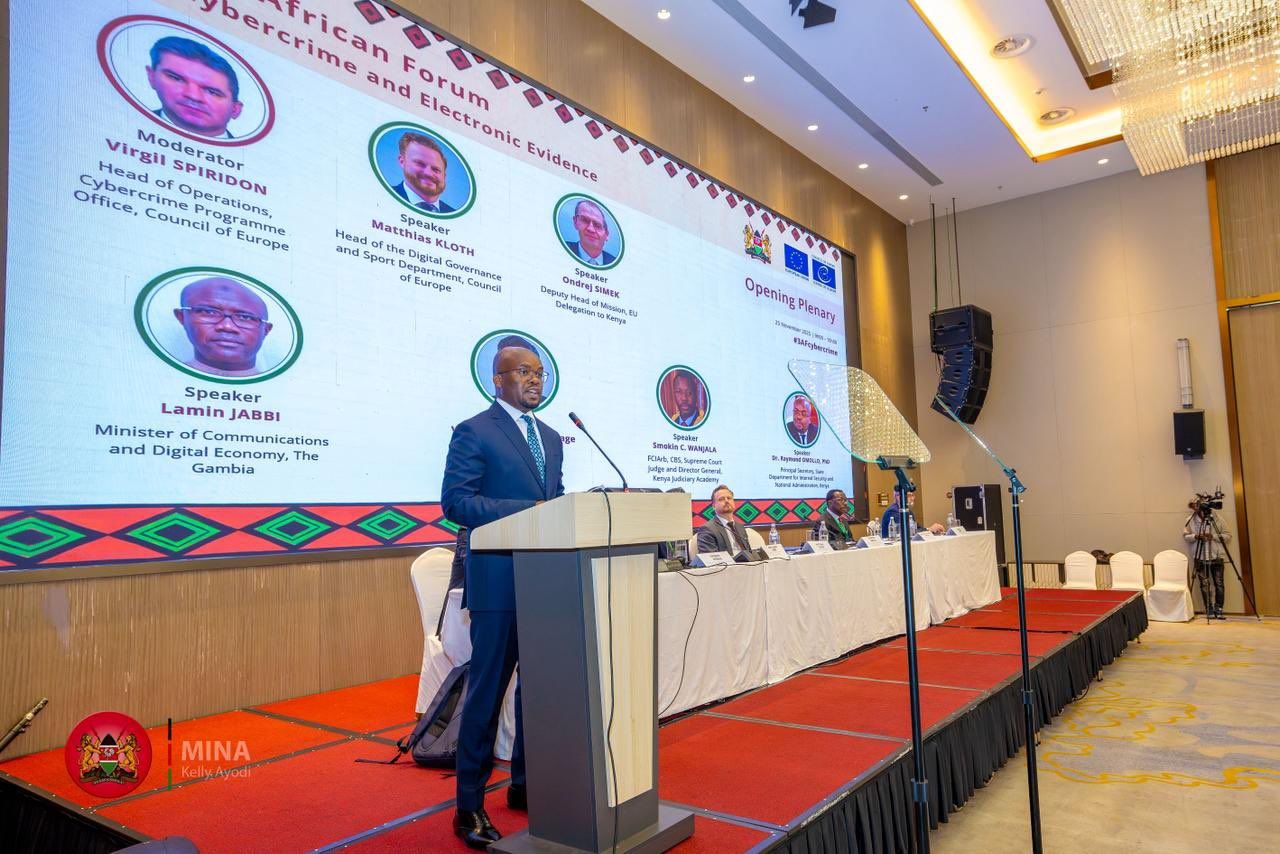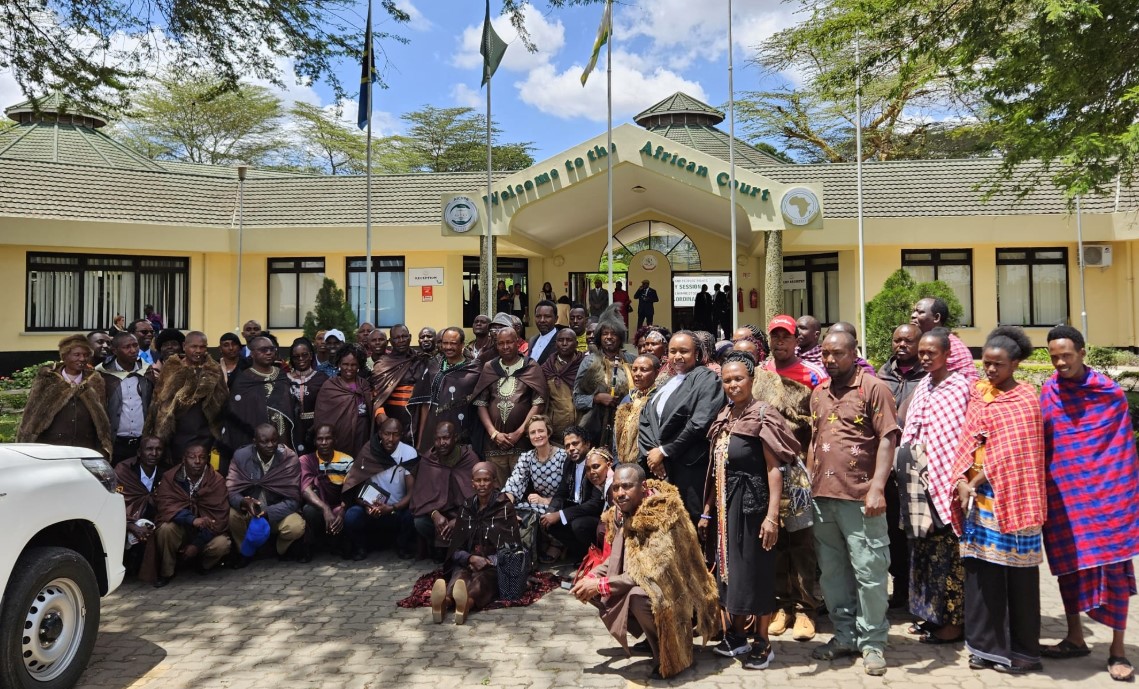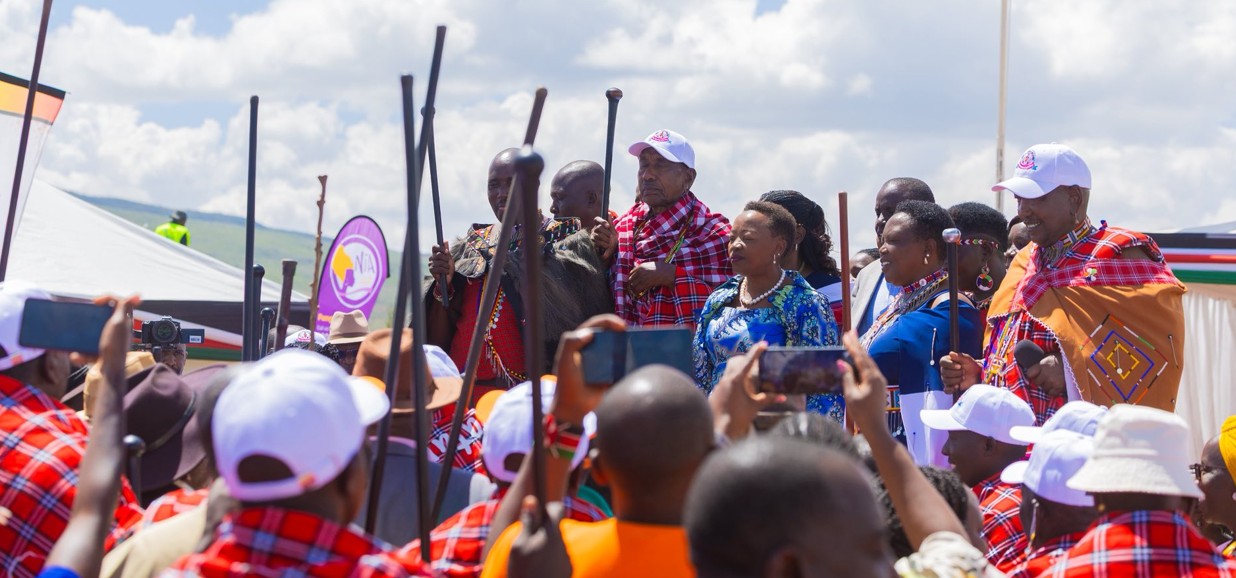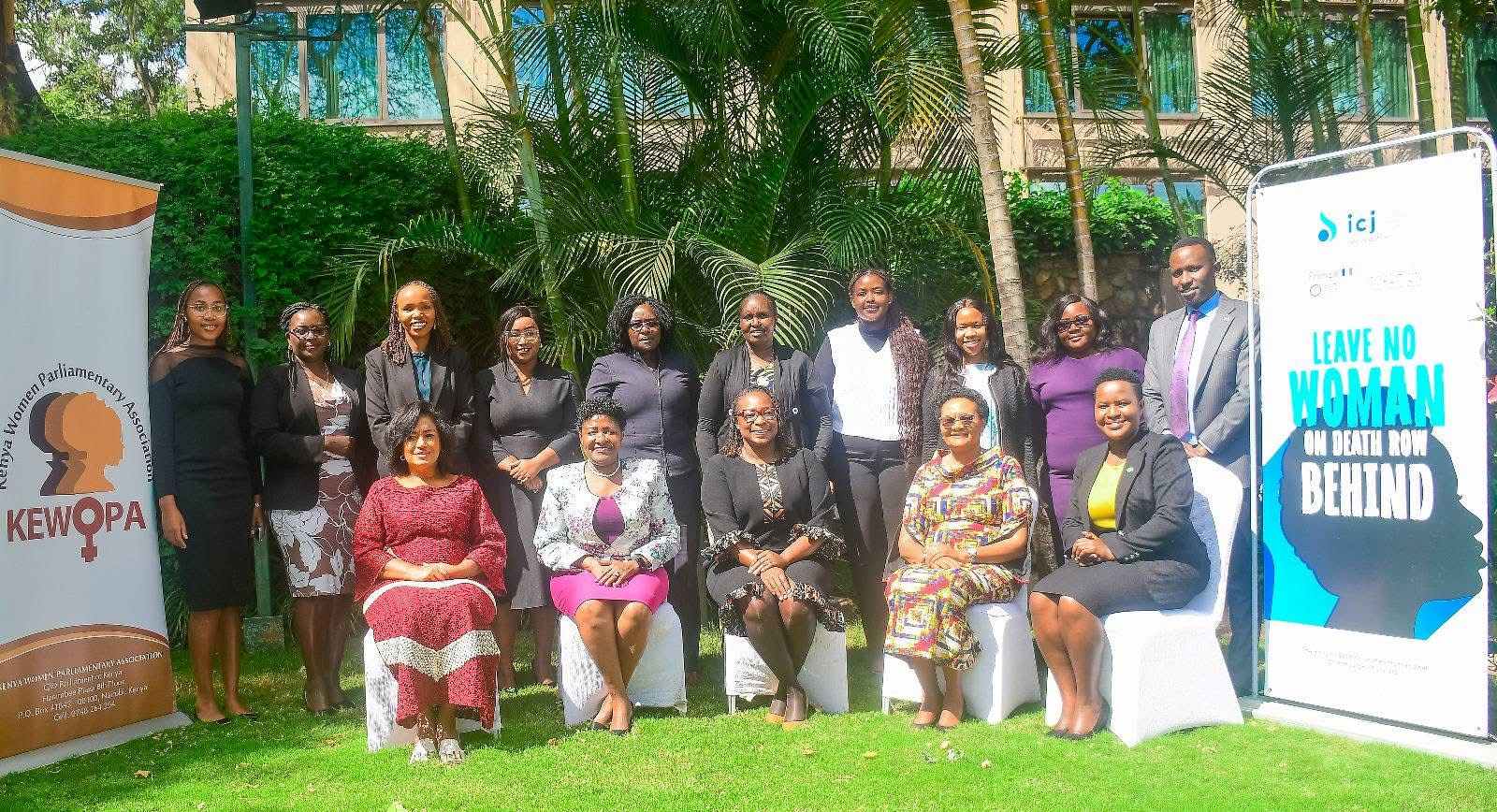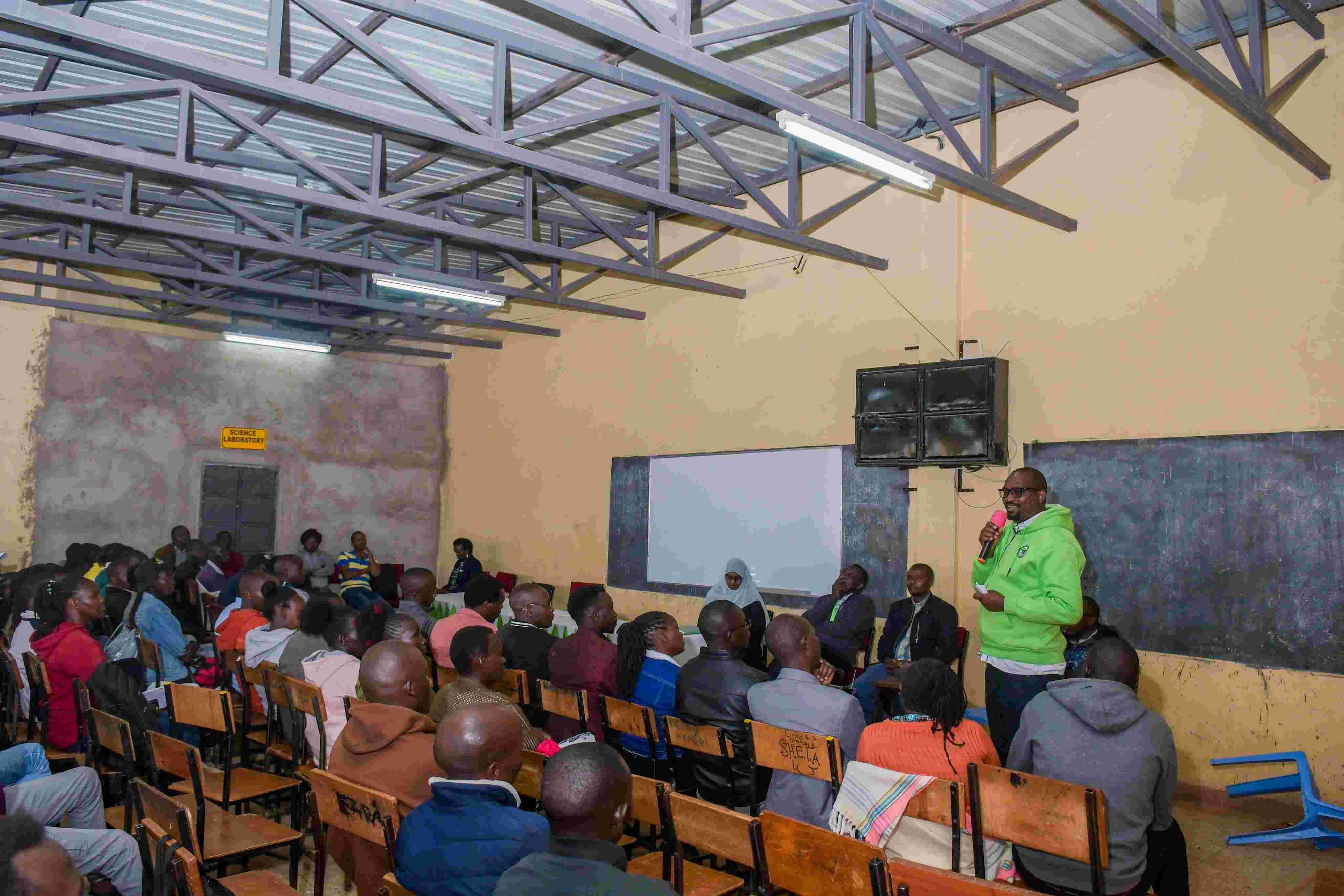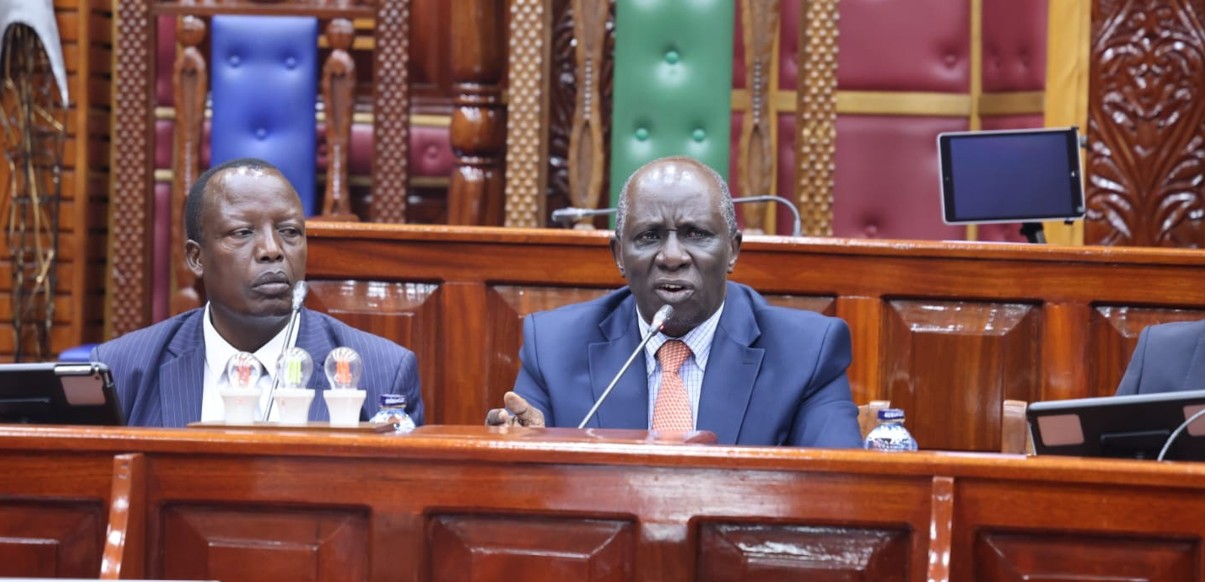Wildlife at risk: TikTok sellers caught peddling endangered species in West Africa
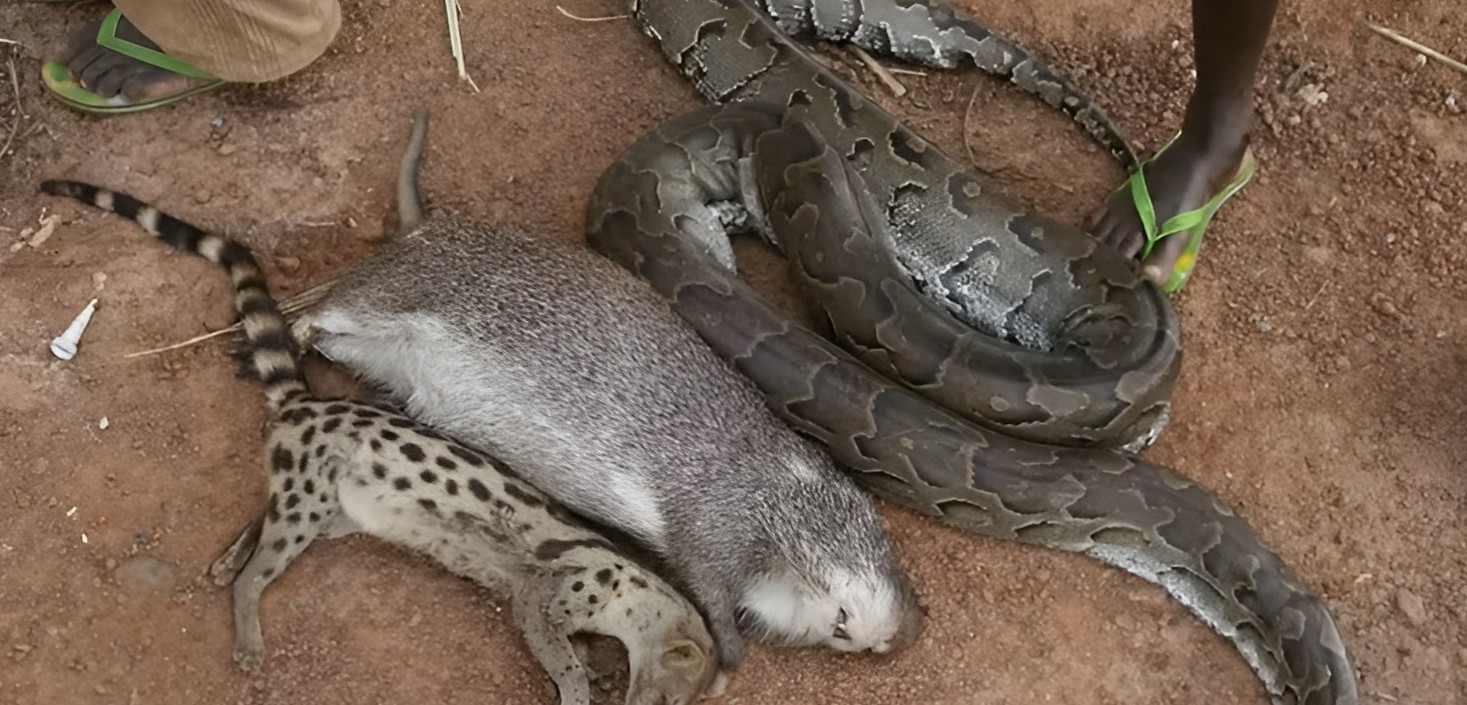
If left unchecked, online wildlife sales risk accelerating species declines, increasing the spread of zoonotic disease, and ultimately harming communities that depend on wildlife for food and income.
Angie Elwin, Manchester Metropolitan University; Delagnon Assou, and Neil D’Cruze, University of Oxford
More To Read
- TikTok’s new controls let users decide how much AI content appears on their feed
- Lewa, KWS launch vulture tracking project to boost raptor conservation
- Social media can cause stress in real life - our ‘digital thermometer’ helps track it
- Conservationists demand probe into relocation of orphaned giraffes from Wajir to Nanyuki
- Malian TikToker killed by militants for supporting army
- Fact Check: How fake content about the Sudan war spreads
In Togo and much of West Africa, wild meat remains an important part of daily life, valued for its taste, cultural traditions, and as a source of income for those who sell it.
It is often seen as a luxury food in urban centres, commanding higher prices than domesticated meat. This risks driving higher demand.
Wild meat is openly sold in urban markets and at roadside stalls throughout Togo, with vendors catering to both local customers and passing travellers.
In rural areas, it is common to see dead rodents, pythons and cobras displayed by the roadside, ready to be purchased by people visiting from the city.
However, both legal and illegal trade in wild meat pose serious challenges to biodiversity, animal welfare and public health. Much of it is unregulated and involves hunting, selling and consumption of wild animals. Many of these species are threatened or declining, raising urgent conservation concerns.
In recent years, traders in West Africa have used social media to advertise wild meat directly and connect with customers.
Platforms like TikTok and Facebook act as online storefronts linked to physical markets, enabling sellers to reach much larger audiences than they would have by selling at traditional stalls.
This change is bringing new, often urban, buyers into the market and altering how wild meat is sold and the overall scale of the trade.
We are wildlife researchers studying the trade in wild animals in West Africa. We wanted to understand the emerging challenges in Togo’s wild meat trade.
We chose to study TikTok videos because the platform has become a highly visible hub for openly advertising wild meat in Togo. Analysing these videos gave us the opportunity to document which species were being sold, their market value, and the related conservation risks.
We identified two female TikTok creators based in Lomé, Togo, who actively post videos advertising wild meat for sale.
Both appear to operate from home-based settings, using TikTok as their own online marketplaces. Their videos show a variety of wild meat products filmed directly in their homes, effectively turning their living spaces into virtual storefronts.
While we did not study all wild meat vendors on TikTok, these creators represent a visible and accessible segment of the trade.
Research has already found that wild meat has been sold on Facebook in West Africa since at least 2018. But the wild meat trade on TikTok has gone largely undocumented until now.
Our research found that more than 3,500 individual animals were advertised for sale via these channels over 17 months.
Among the most frequently featured species were monitor lizards, striped ground squirrels, guineafowl, francolins, antelopes, white-bellied pangolins, and greater cane rats.
These findings underscore the scale and diversity of wildlife traded via TikTok, including threatened and endangered species like pangolins.
Trade of rare and endangered species goes viral
We analysed 80 TikTok videos posted between November 2022 and April 2024. These short videos, shared on open accounts, showcased thousands of smoked wildlife carcasses from at least 27 identifiable species. These were mostly mammals (78 per cent), followed by birds (15 per cent) and reptiles (7 per cent).
The combined reach of the 80 videos we analysed was striking: nearly 1.8 million views. Some individual videos had as many as 216,000 views. This suggests that this content is circulating far beyond local audiences.
Several of the species being sold are at risk of extinction. Alarmingly, we documented the presence of the white-bellied pangolin, listed as endangered on the International Union for Conservation of Nature Red List and protected under Appendix I of the Convention on International Trade in Endangered Species of Wild Fauna and Flora, which prohibits all international commercial trade in these species.
The vulnerable Buffon’s kob antelope and the near-threatened Defassa waterbuck also appeared.
Our analysis of viewer comments also revealed a demand for animals not shown in the videos. This includes lions, leopards, frogs, snakes, crocodiles, primates and elephants. Lions and leopards are traded for spiritual and medicinal uses, both regionally and internationally.
These species are already under significant pressure from habitat loss and hunting, and it is deeply troubling that they’re likely being advertised for sale illegally as meat. More research is needed to better understand the drivers behind this demand on social media.
What needs to happen next
Our study adds to a growing body of research showing that online platforms are becoming central hubs for the global wildlife trade.
More research is needed on how the meat sold via TikTok is distributed. For example, do sellers courier it across broader areas, or do buyers collect it in person, which may limit the range?
Regardless, the expansion of the trade to online sales raises serious concerns that go beyond the species being sold. These sales appear to be reshaping demand, particularly among urban consumers. While urban consumers have long purchased wild meat when visiting rural areas, the move to online platforms takes this demand to an entirely new level in terms of ease and scale of access.
This shift introduces new challenges for sustainability, regulation and public health. If left unchecked, online wildlife sales risk accelerating species declines, increasing the spread of zoonotic disease, and ultimately harming communities that depend on wildlife for food and income.
We recommend several steps:
First, platforms like TikTok should further invest in automated detection tools like image recognition algorithms that could be better trained to spot wildlife products and endangered species and remove the posts. TikTok should maximise collaboration with conservation experts on this.
While TikTok has policies banning the sale of wildlife and is a member of the Coalition to End Wildlife Trafficking Online, wildlife trade remains widespread on the platform, exposing major gaps in its approach.
More research is needed into whether the TikTok videos increase the likelihood of people purchasing wild meat or normalise the trade as legal and acceptable.
Countries like Togo need clearer laws and penalties to connect conservation goals and the realities of online trade.
Public education campaigns could also help shift consumer attitudes and inform people about the risks to biodiversity and animal welfare.
As mobile internet access expands in lower-income countries, digital platforms are likely to become even more important marketplaces. Understanding how wildlife is marketed and consumed online is crucial to keep pace with these changes.
The Conversation
***
Angie Elwin, Head of Research at World Animal Protection and Visiting Research Fellow at Manchester Metropolitan University; Delagnon Assou, Research assistant and volunteer lecturer, and Neil D’Cruze, Research Strategic Lead, Canopy, and Visiting Researcher, Wildlife Conservation Research Unit (WildCRU), University of Oxford
This article is republished from The Conversation under a Creative Commons license. Read the original article.
Top Stories Today

